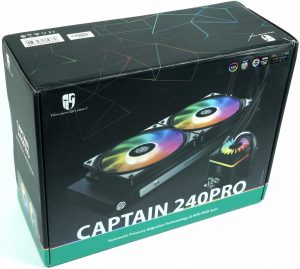 Deepcool is following the path of evolution with the Captain 240 Pro for the AiO compact water coolers, rather than ever-new products. This gives you a mature product, the initial problems of which have long been history with the first models.
Deepcool is following the path of evolution with the Captain 240 Pro for the AiO compact water coolers, rather than ever-new products. This gives you a mature product, the initial problems of which have long been history with the first models.
And with the new pressure equalization chamber, you are even putting on top of an innovation that you can also like because of the side effects. But always beautiful in turn and besides, it is the first test from a series of still following, in which I will put these AiO solutions through their paces.
These all-in-one compact water cooling systems are not new, they are now available in different sizes, pump designs and price ranges. Almost all also have cheap aluminium slim radiators, as does the Captain 240 Pro. If you add the two fans, all the products are similar, especially since the number of brands that offer such AiO with their label is significantly larger than the number of actual manufacturers. Much comes from the same factory or is based on identical components.
At Deepcool you can at least be sure that the production itself is carried out and that you also set your own patents. Exactly that, as well as the interesting price starting from approx. 110 Euros is what makes the Captain 240 Pro a little out of the crowd. Speaking of patents, the solution of a pressure equalization "bubble" applied here for the first time is as simple as smart. You just have to get on with it and then implement it. Here you have it.
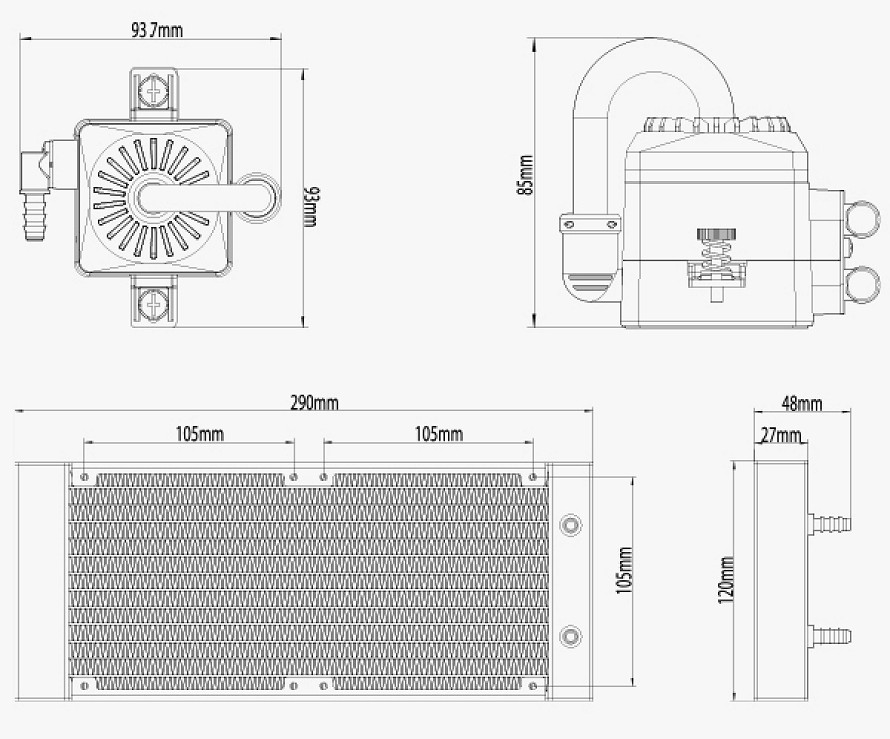
Intelligent pressure compensation instead of incomplete filling
As you know, these small, closed systems do not have a compensating tank, as is it? So that when heating the cooling liquid, after all, it gets hot up to 60 °C on some models, does not burst the hoses or the liquid looks for a completely unexpected output, the manufacturers like to leave some air in the system and do not fill it Completely. This sounds logical and clever at first, but it is actually complete nonsense that only combats the symptoms, but not the cause. In addition, the compressed air still has a proper effect on the system.
If you install the pump at the same level or even above the radiator connections, this left-over bubble rises into the pump so that it runs dry. Nobody can want this and leads not only to poor cooling performance, but also to a higher noise emission and in the worst case to the defect of the pump.
In the past, I have already noticed cooling solutions from Be Quiet and Cooler Master rather negatively in this respect, even the AMD Fury X had this disease, as did the R9 295X2. This list could be continued for a long time, up to an FX 9590, whose AiO at Prime95 with the hose torn off in the open benchtable had bruised my face quite painfully through the leaking hot broth. Please never, never again.

The solution that Deepcool patented is really simple, but clever. A silicone bubble is used in the cold area before the outtake, the resistance of which is sufficiently large, thanks to an outlet valve, to always be extended to such an extent that no over- or vacuum arises in the system. This allows the manufacturer to completely and air bubble-free filling the circuit. Even if the coolant expands later during heating, there is always enough space to avoid damage.
Scope of delivery and installation
In addition to the unit of multi-chamber pump and radiator including the 30 cm long hoses, you get an assembly kit for all common Intel and AMD sockets of recent years. Even the TR4 socket for the Threadripper, AMDs AM4, and Intel's Socket 2066 are supported. The older models go down to the AM2 base, which should be enough. Two matching RGB fans are also included and what I am most pleased about: the addressable fans come with a lot of accessories and adapters, which you are looking for in vain with the competitors.
A self-adhesive PWM hub for up to four fans can then be found, as well as a 6-fold RGB hub for the addressable LED components, two different adapters for the different motherboard connectors and, in case of an emergency, even a separate RGB controller, which can be operation without a suitable motherboard and which is fed from the SATA strand of the power supply. There is really no more to be done. The screw collection is also not without and there are also sufficiently short copies for the housing assembly. Thermal paste is of course also freely available on the house, whereby the portion for the threadripper and CPUs on the socket 2066 is already somewhat scarce.
The pump sits on top and the body houses two chambers. The advantage should lie in the better flow, because the external tube ensures a vertical flow of the microchannels in the coldplate. With all Asetek derivatives and clones, the whole thing is pumped from top to bottom and dissipated sideways. At the very least, Deepcool should have secured itself quite well against possible patent trolls here. Just like Alphacool with the "suck", where the principle was simply reversed.
The actual assembly is simple, self-explanatory and problem-free. The screws for the backplate, if you do not use a base with a fixed plate, are a bit frisky, but the nice thing is that you always put the pump on a uniformly designed mounting kit at the end and it remains the same with each base. The pump housing is finally fixed with two spring screws and has a defined stop (stopper) that reliably prevents overturning.
If you can't get it, you really can't help it anymore and you should probably stick to the finished PC. But the chance of failure here really tends towards zero.
I have also attached the assembly instructions, which looks more complicated than it really is in practice.
Manua
Technical data
| Radiator Dimensions | 290-120-27 mm |
| Radiator Material | Aluminum |
| Net Weight | 1478 g |
| Tube length | 300 mm |
| Pump Dimensions | 93.7-93-85 mm |
| Pump Speed | 2200 RPM-10% |
| Pump Noise | 17.8 dB(A) |
| Pump Connector | 3-pin |
| Pump Rated Voltage | 12 VDC |
| Pump Rated Current | 0.13 A |
| Pump Power Consumption | 1.56 W |
| Fan Dimensions | 120-120-25 mm |
| Fan Speed | 500-1800 RPM-10% |
| Fan Airflow | 69.34 CFM |
| Fan Air Pressure | 2.42 mmAq |
| Fan Noise | 30 dB(A) |
| Fan Connector | 4-pin PWM |
| Bearing Type | Hydro Bearing |
| Fan Rated Voltage | 12 VDC |
| Fan Rated Current | 0.17 A |
| Fan Power Consumption | 2.04 W |
| LED Type | Addressable RGB LED |
| LED Connector | 3-pin(+5V-D-G) |
| LED Rated Voltage | 5 VDC |
| LED Power Consumption | 5.7 W |
| Ean | 6933412726500 |
| P/N | DP-GS-H12AR-CT240P |
Test setup and equipment
If you are interested, the summary in table form quickly provides a brief overview of our test system:
| Test systems and measuring rooms | |
|---|---|
| Hardware: |
Intel Core i9-7980XE Aorus X299 Master 32 (4×8) GB Patriot Viper Steel 4000 MHz (PVS416G400C9K) 500 GB Western Digital Black (NVMe, System SSD) 1 TB Viper Patriot NVMe (Speedt Tests), 1TB Seagate Fast SSD (Storage) Be Quiet Dark Power Pro 11, 1200 watt power supply |
| Cooling: |
Deepcool Captain 240 Pro Thermal Grizzly Kryonaut |
| Housing: |
Microcool Banchetto 101 with 90° Mod |
| Monitor: | Eizo EV3237-BK |
| Power consumption: |
non-contact DC measurement on the PCIe slot (Riser-Card) non-contact DC measurement on the external PCIe power supply Direct voltage measurement on the respective feeders and on the power supply 2x Rohde & Schwarz HMO 3054, 500 MHz multi-channel oscillograph with memory function 4x Rohde & Schwarz HZO50, current togor adapter (1 mA to 30 A, 100 KHz, DC) 4x Rohde & Schwarz HZ355, touch divider (10:1, 500 MHz) 1x Rohde & Schwarz HMC 8012, digital multimeter with storage function |
| Thermography: |
Optris PI640, infrared camera, interchangeable lenses PI Connect evaluation software with profiles |
| Acoustics: |
NTI Audio M2211 (with calibration file) Steinberg UR12 (with phantom power for the microphones) Smaart v.7 own low-reflection measuring room, 3.5 x 1.8 x 2.2 m (LxTxH) Axial measurements, perpendicular to the center of the sound source(s), measuring distance 50 cm Noise in dBA (Slow) as RTA measurement Frequency spectrum as a graph |
| Operating system | Windows 10 Pro (current build, all updates) |














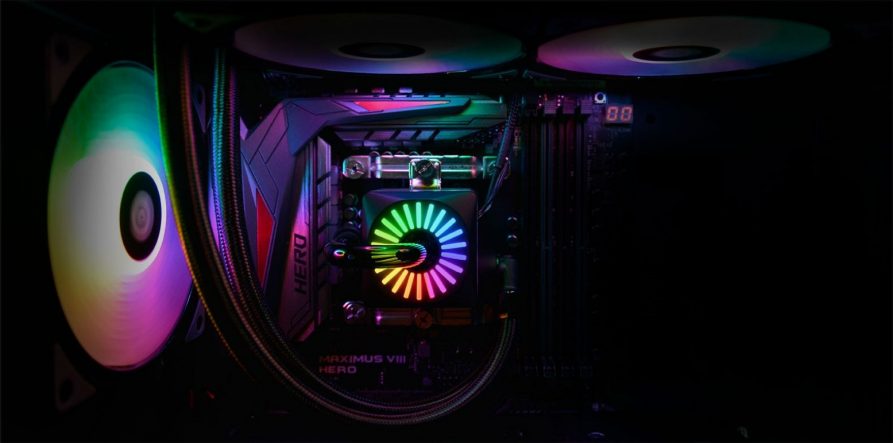
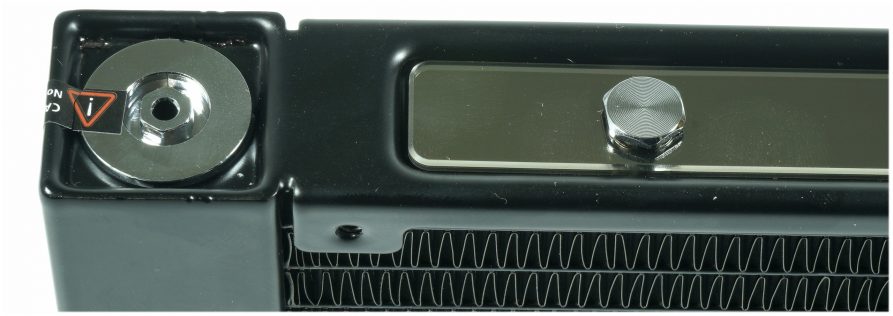
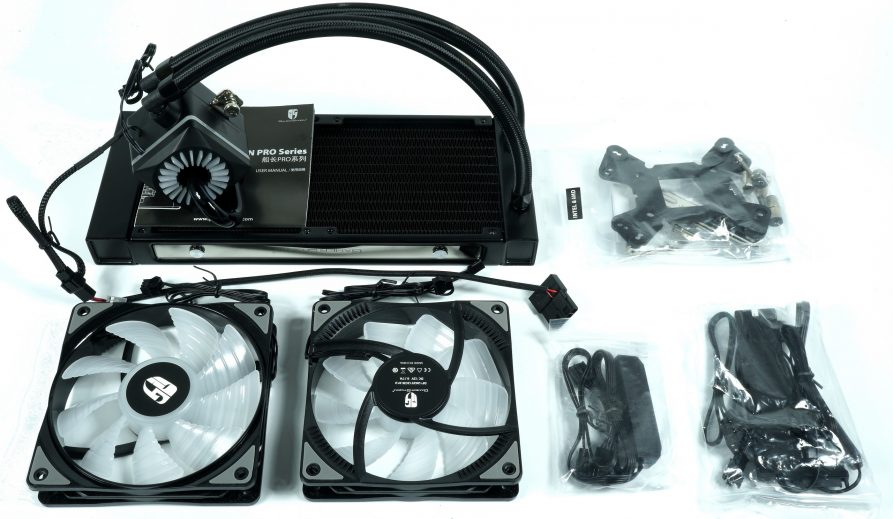
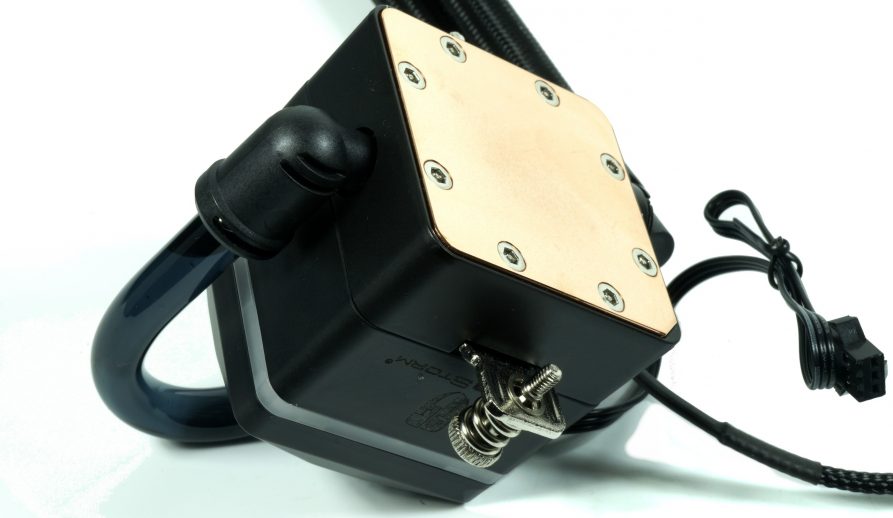
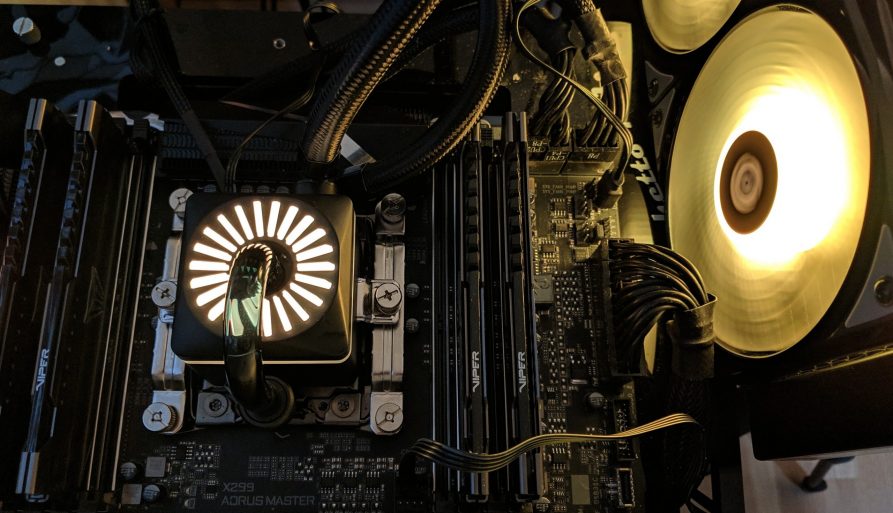
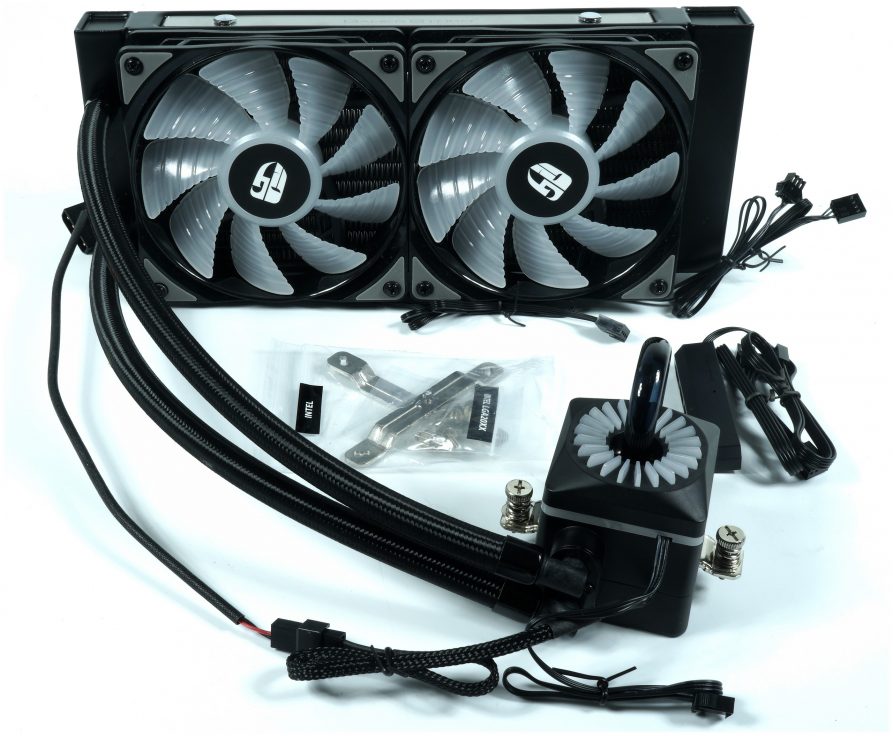


















Kommentieren